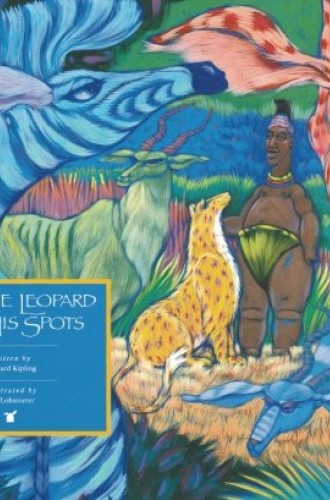No innocent fable
Should I tell my first-grader about the racist, imperialist, and misogynist legacies I detect in the book she's reading?
I didn’t look at the book cover as Anna opened How the Leopard Got His Spots and started to read to me. The words were difficult, and she stumbled over the second sentence: “’Member it wasn’t the Low Veldt, or the Bush Veldt, or the Sour Veldt, but the ’sclusively bare, hot, shiny High Veldt, where there was sand and sandy-coloured rock and ’sclusively tufts of sandy-yellowish grass.” But she persevered, and I helped her sound out the difficult words as she settled into the language’s playful rhythm.
There are animals on the High Veldt—the Leopard, the Giraffe, the Zebra, the Eland, the Koodoo, the Bush-Buck, and the Bonte-Buck. The lone human, the Ethiopian, is smart. When the Leopard asks “where has all the game gone?” the Ethiopian rephrases the question:
‘Can you tell me the present habitat of the aboriginal Fauna?’ (That meant just the same thing, Best Beloved, but the Ethiopian always used long words. He was a grown-up.)





